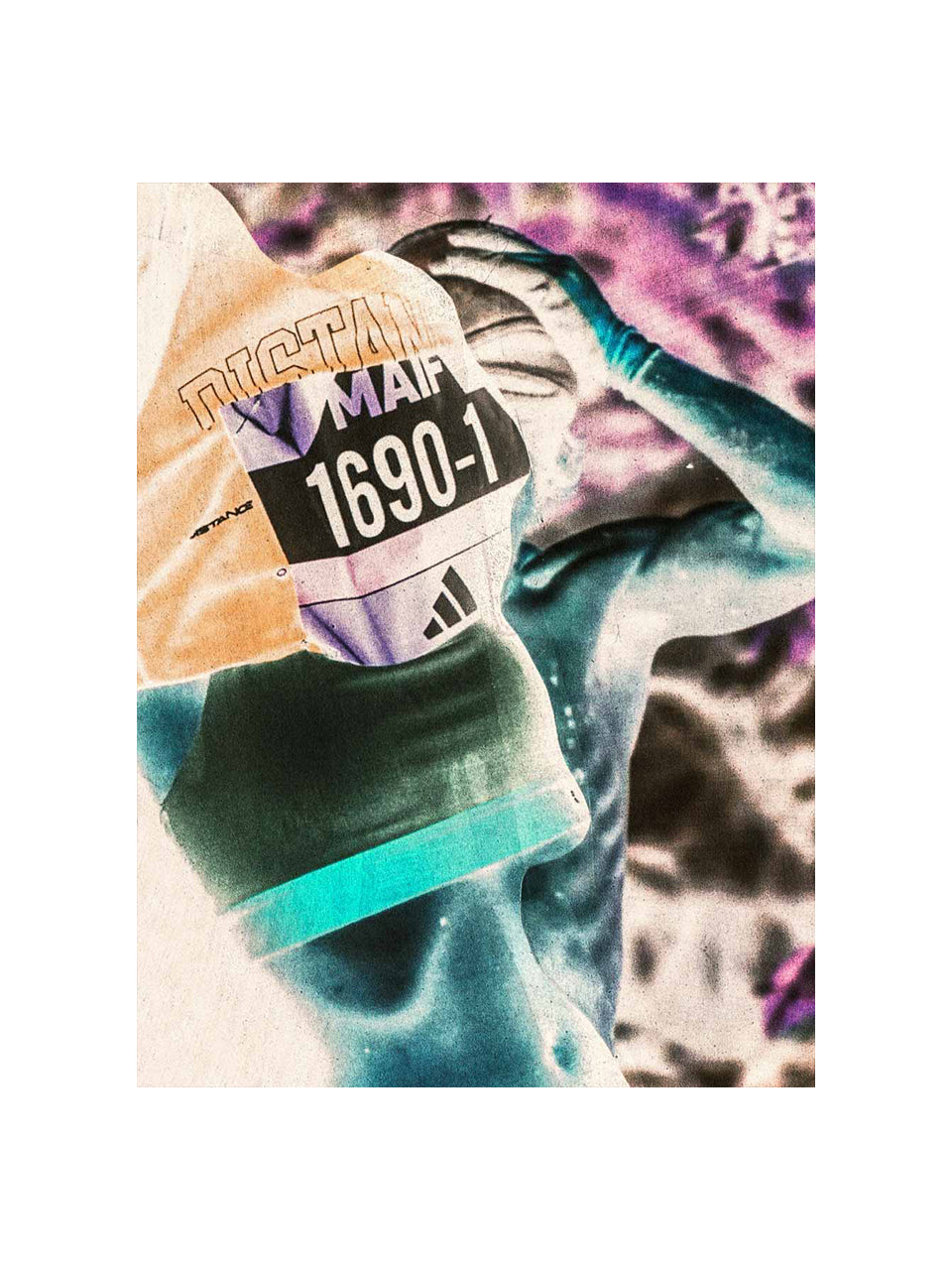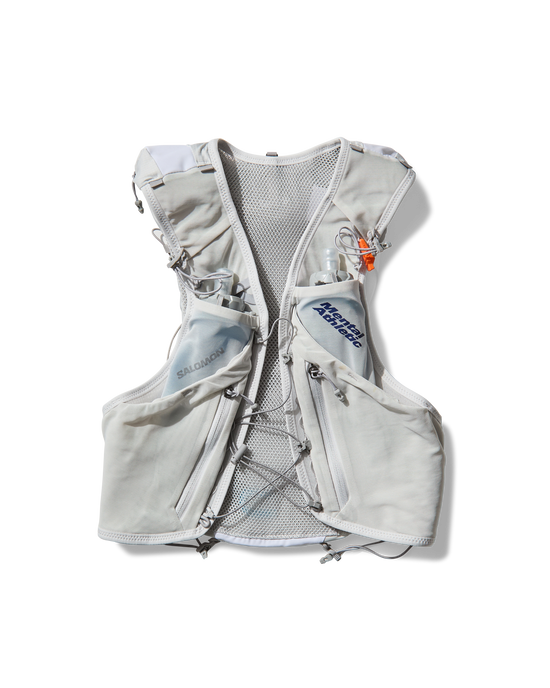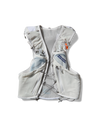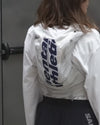We're drawn to beauty when it’s on the verge of destruction
Sven Harambašić in conversation with Achille Filipponi

Mental Athletic continues its path focused on contemporary art and visual research related to body, dynamism and their cultural impact. In this new collaboration, Croatian artist and researcher Sven Harambašic is involved publishing a new body of work about athletes and sport proxemics, in the latest Issue #3.

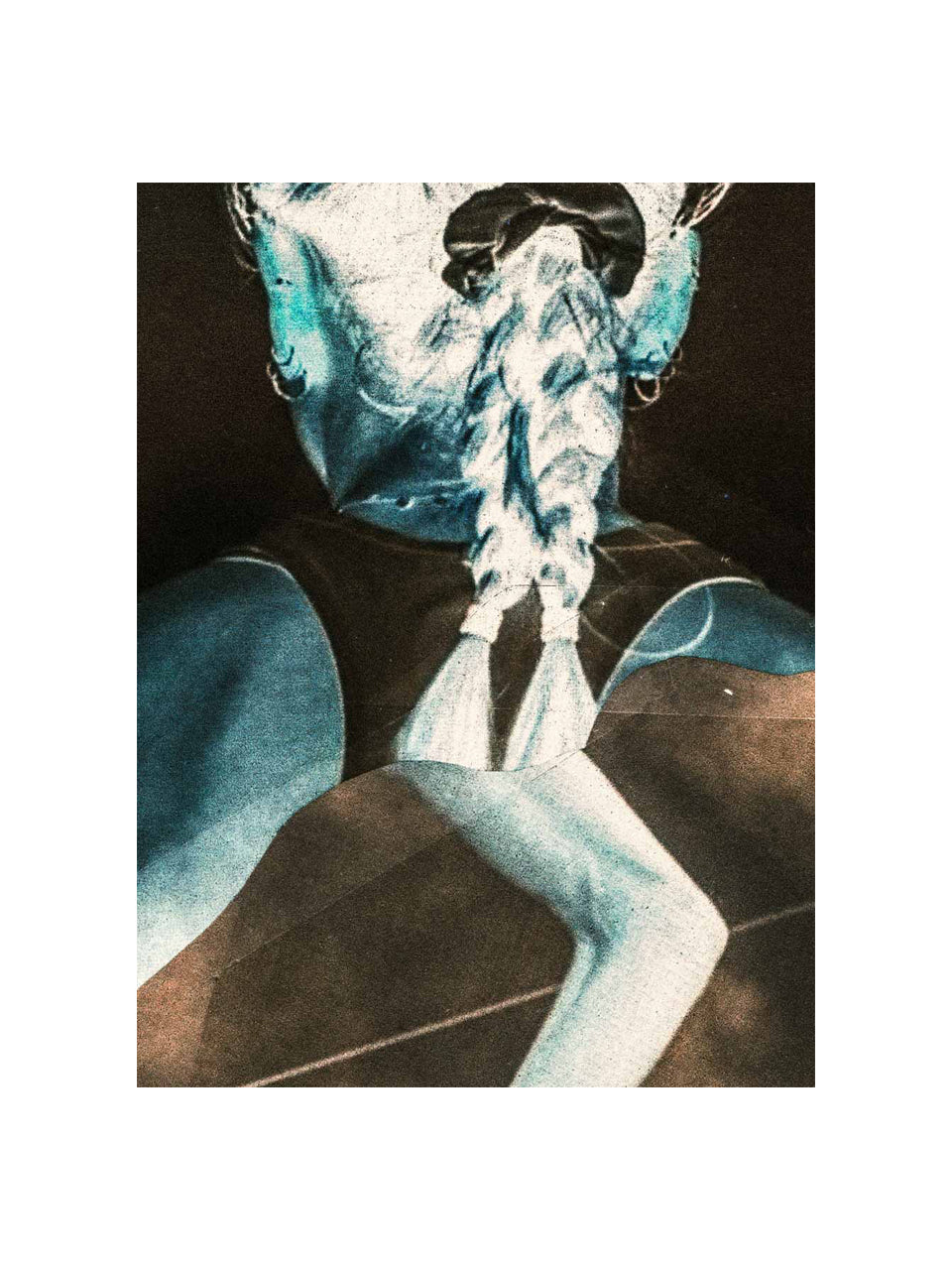
ACHILLE FILIPPONI: Looking at your works I feel this kind of choking feeling, where the digital image becomes a visual siege tool. Is this the aim?
SVEN HARAMBAŠIC: No aim, just damage rather than design. That kind of violence feels like a direct byproduct of working with my hands; tearing paper, cutting, scanning... The process exists in conflict of mechanical and manual, while I am forcing paper fragments to anatomically coexist, with each piece choking the other for its space. That tension might overflow into the viewer, and if the tension doesn’t resolve into a clear meaning, then that siege could be the image’s own accursed share — a code it can’t contain but refuses to let go, even if it’s destined for sacrifice.
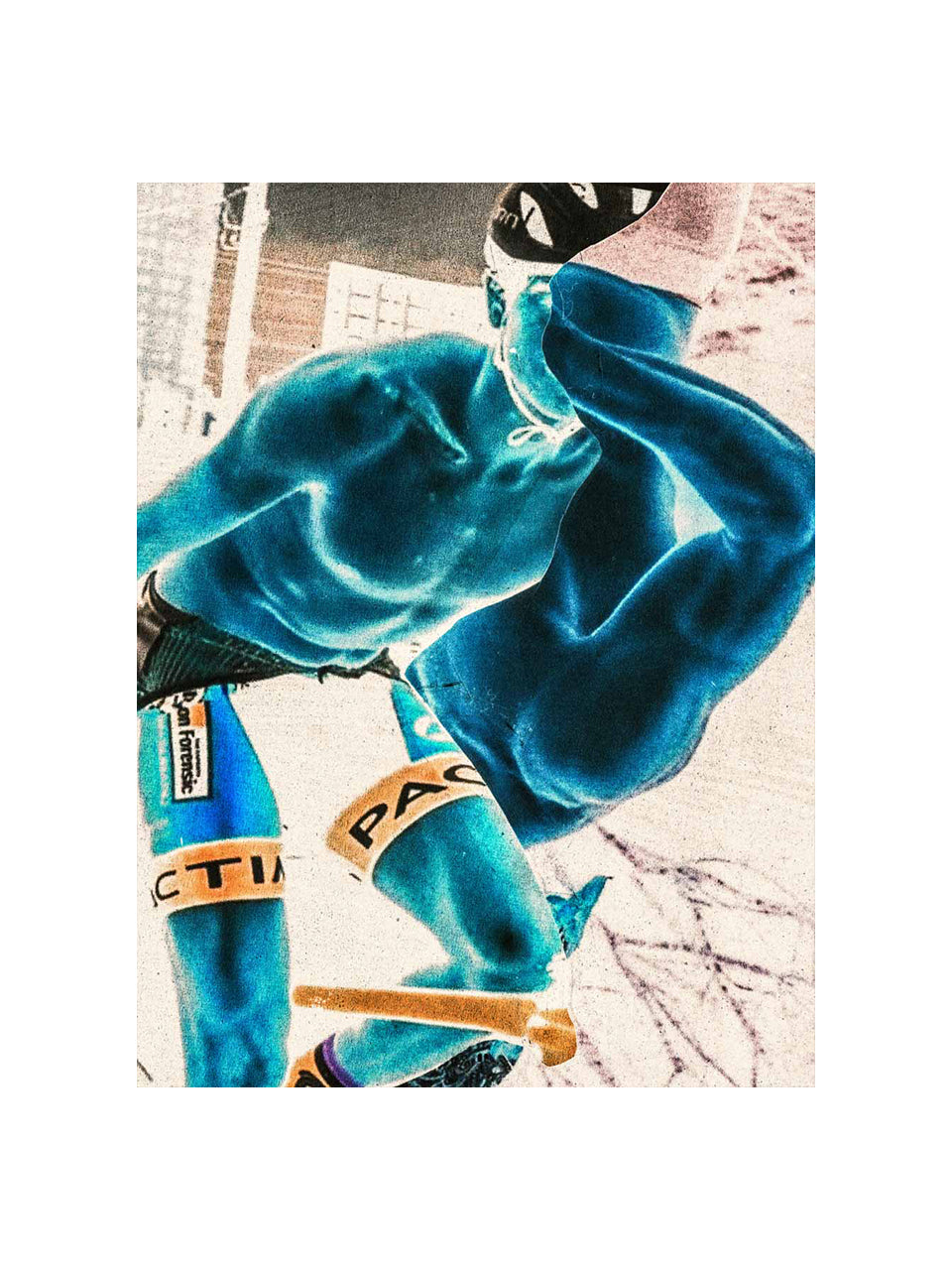

A.F.: I see your visual manipulation technique of the body as a symbol. It’s a body beyond the body, because it seems to be the human being’s path per se, which are the forces at play you want to represent?
S.H.: It’s a kind of semiotic sabotage. The bodies in my artwork are often treated as surfaces where physical, social and internal forces and blows have left their mark.
The body, like the brain, is physiological or structural, but the mind is abstract. I often try to imagine what a body might look like if it mirrored the mind; if internal pressure became external structure. In that sense, the mutation isn’t about erasing the human element, it might even be amplifying it in its own way.
So in the end, perhaps it’s not a “body beyond the body”; it’s the body under all the weight that’s been layered onto it. My work has rarely been about broader cultural context; instead, it has always taken a hyper-specific focus on individuals who exist within it. I once read that interpretation is the intellect’s revenge on art — maybe that’s why the focus on individual reading feels more honest to me.

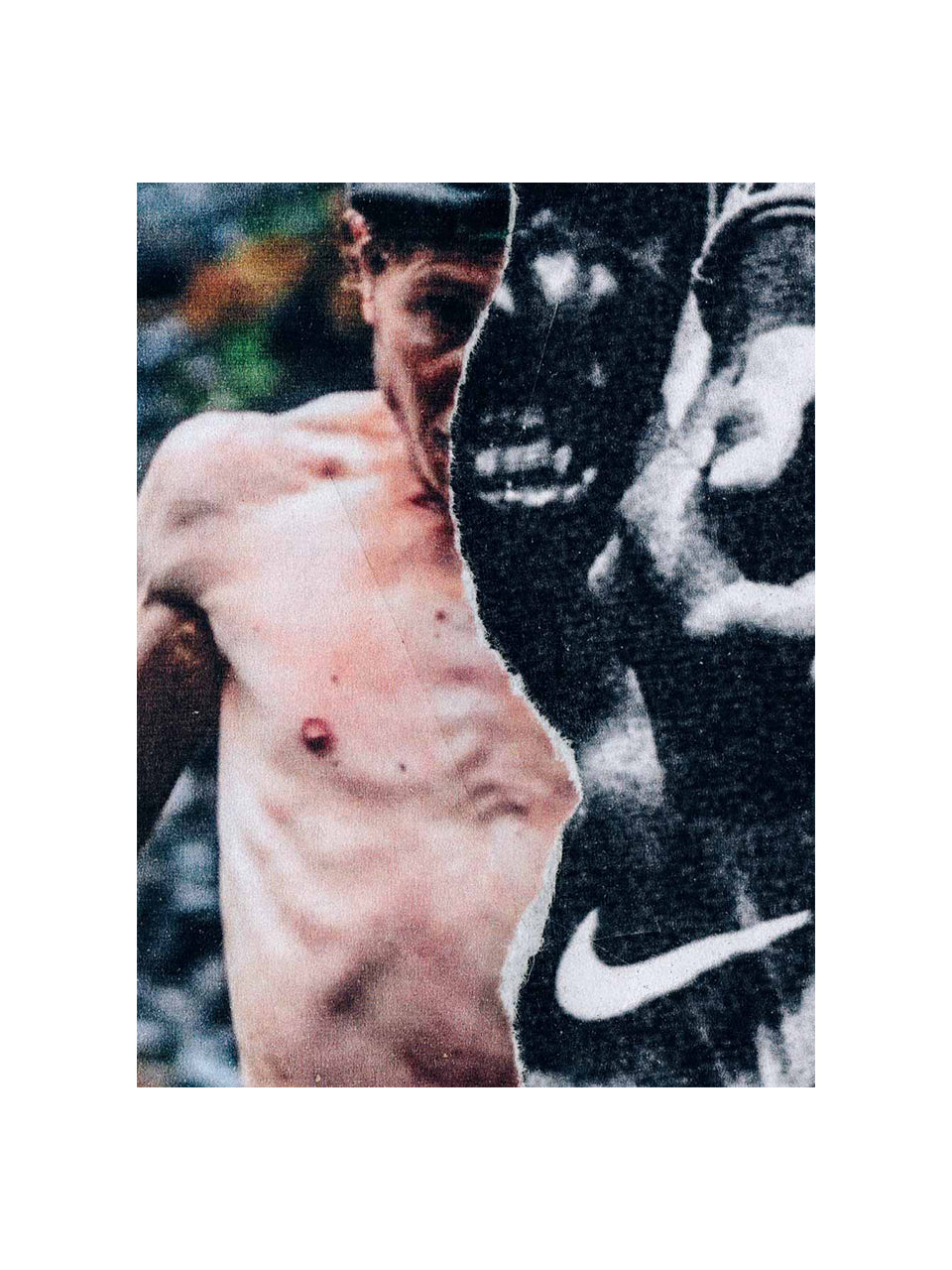
A.F.: I like your work because it also pushes the boundaries of photography itself, you “use” photography not being a photographer. Would you say “image” is a better word to use in this context?
S.H.: There are so many ways to theoretically approach photography today — whether by questioning its validity as an art form, or by analyzing its role in confirming, constructing, or even “provoking” reality. For me, photography has always been primarily a raw material. In that context, I’m a gatherer but also someone performing an autopsy or a surgical intervention.
I rarely treat photographs as finished artworks, but more often as surfaces to cut into, deconstruct and recontextualize. In that sense, I do think “image” is a better-fitting term, even better than collage. It opens up a wider field of interpretations and ambiguities while still remaining precise. Also, I’m genuinely glad you didn’t mention any “post-___” neologisms. I don’t mind them when they signal a zone of interest, but I’ve noticed they tend to age quickly.
A.F.: Your work is undoubtedly music related, especially in terms of vibe and collaborations. You once told me about the link between industrial noise music, the images you produce and your treatment of them. I feel this connection is real, could you give us a better understanding of this?
S.H.: Lately, I’ve been focusing on “industrial noise” not just as an aesthetic or decoration, but as an epistemological tactic — a way of thinking and constructing meaning. I’m drawn to it as a logic: a structural rejection of first-order utility.
That’s the methodology I try to carry into work with visuals, clothing or objects — distortion, asymmetry, repetition, texture used as language. In the fashion image, for example: reimagining editorials through tape-loop aesthetics, rethinking noise as garment, affirming malfunction as silhouette, positioning dislocation as a semiotic framework.
This approach raises a constant tension between beauty and threat. And I think we, as humans, are often drawn to beauty when it’s on the verge of destruction and feels most at risk. If I focused only on rejecting polish, it might read as a standard “avant-garde” posture within a pre-determined framework but there is no actual danger in that. So, instead, I’m forcing that methodology to collide with a kind of systemic discipline — a more analytical, anatomical drive.
That crash is important. It keeps the work from either disintegrating or being institutionalized. It has to oscillate between both to stay alive.

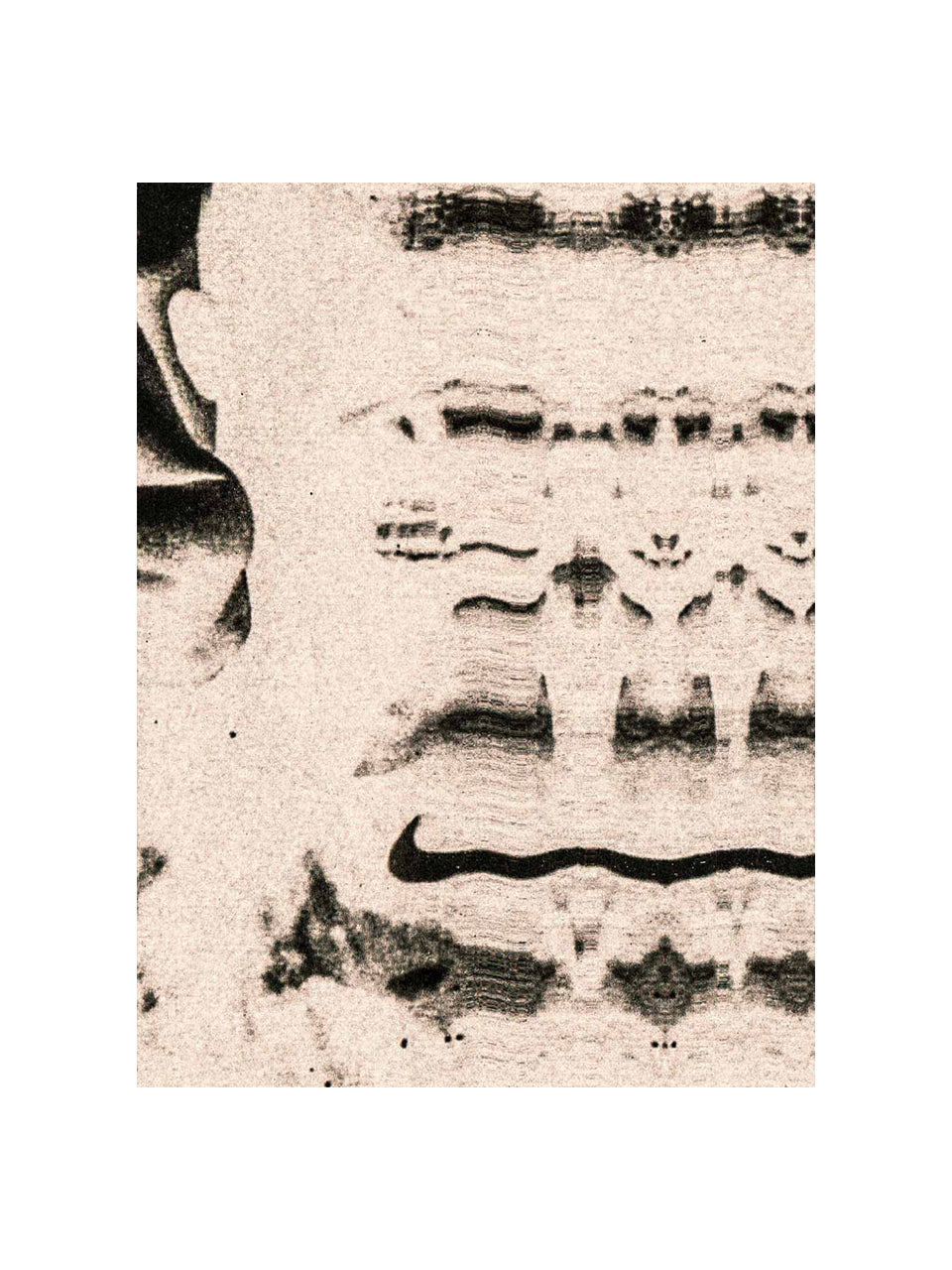
A.F.: There’s a kind of struggle in your work: body postures, holes (a Bacon-Baudrillard eco?), identity’s absence such as erased faces. I feel the pressure of globalization: peculiarities get cancelled, cultural flattening, a mandatory offer we have to swallow. Am I right?
S.H.: In one way or another, there’s a war on specificity and we’re losing it. Globalization flattens codes until everything becomes digestible, frameable, maybe even exportable as a .pdf. Nothing is safe because everything is data and we haven’t built a survival instinct for it yet, while algorithms learned to move in a rhizomatic way.
Even so-called “radical” aesthetics fail in this context. They signal extremity but remain hyper-readable because their codes stay unchanged and thus become systemic, which is a price paid for visibility. Most things that claim to resist the certain order can only operate within it.
The same goes for cultural legitimacy; taste level, for example. It comes from a pre- selected pool of options, which makes hyper-individuality a customizable product in its own way. We attempt to perform digital authenticity but it is fatal conformism, rooted in the inability to become ourselves. Aesthetical justification is often a trojan horse.
The digital space is fragmented and homogenized at once. Geography, as a construct, only re-emerges when the signal is too loud — when there’s conflict, collapse or money involved. In that sense, war, in its uniformed “glory”, could join soccer as the most literal reminder of globalization’s reach.
But in the end, we are the algorithm; the algorithm mirrors us. Art doesn’t offer answers but it does offer symptoms.
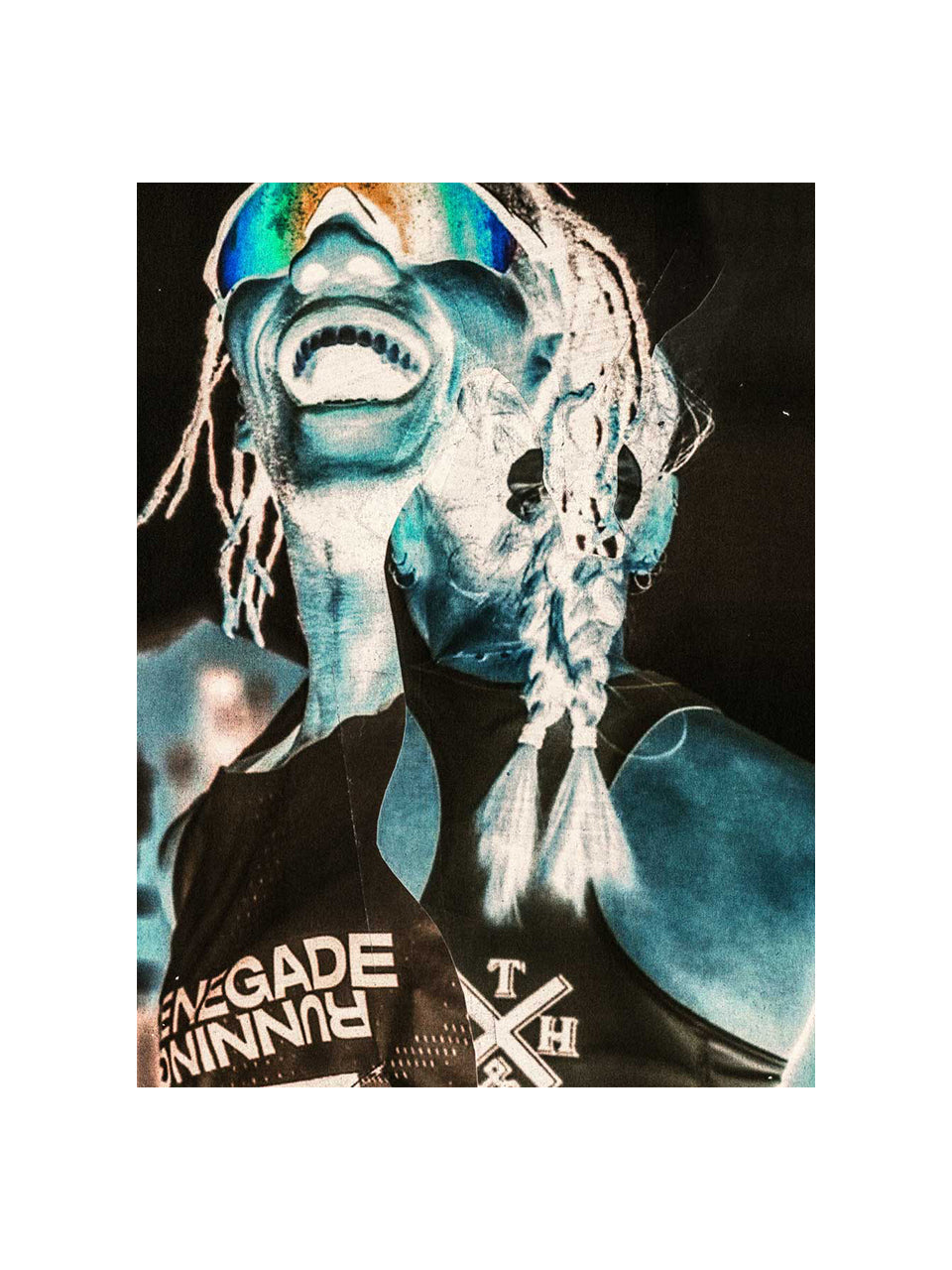

A.F.: Since you are an art director, artist, researcher, what will you be focused on in the future?
It’s always further research. Be it with actual purpose or through some cross-genre art equivalent of fantasy basketball. The last time I had a long-form interview like this, in the final question I mentioned my newfound fascination with veils, which is somehow a very gothic thing to say. Now, my current obsession is with the word system, or more specifically, the way a perfect structure deals with tension.
There’s a quote I return to often, about having to be orderly in daily life so that violence and originality can appear in your work. That dynamic runs through everything I do to the point it feels strategic — anatomical vs. noise, code vs. transgression, language vs. aesthetic. A system haunted by disorder. Myths unveiling as anti-myths.
Just today, before writing this, I was walking through the concrete ruins of the city I was born in, and had a sudden thought that I don’t fully belong or fit anywhere. Not in the safe zones: not academia, not fashion week, not noise gigs, not soccer games, not ad agencies, not art openings. But there’s a strange freedom in navigating that. Like the Chariot card in tarot — but make it burn.
